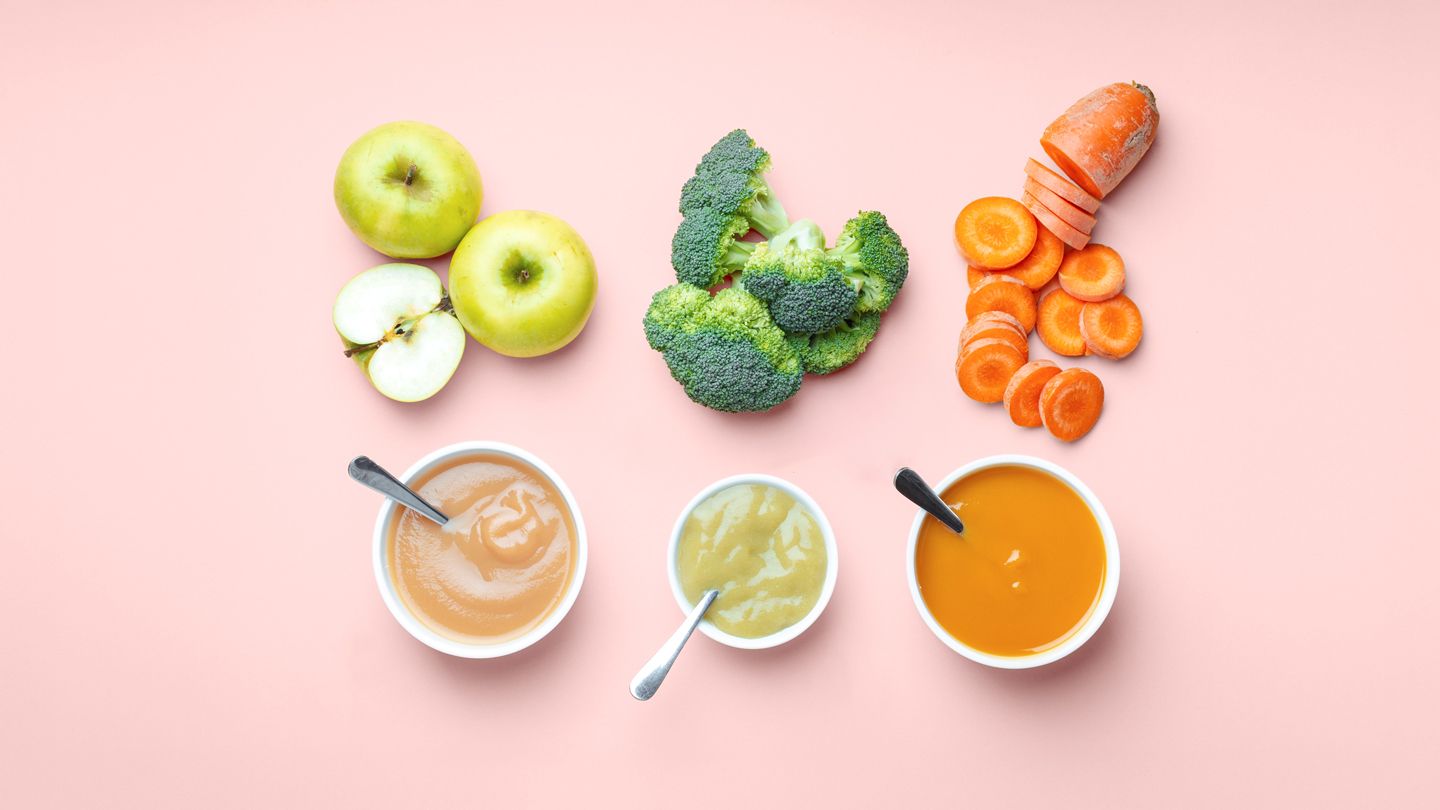1. Puree Fruits and Veggies
Pureeing fruits and vegetables is one of the most effective ways to make them easier to digest for people with IBD. By blending produce into smoothies, soups, or sauces, you break down tough fibers and reduce the risk of irritation or obstruction, especially for those with strictures or an ostomy.
For example, pureed vegetable soups — like creamy carrot, parsnip, or winter squash — are gentle on the gut and contain soluble fiber (fiber that dissolves in water), which can help slow down digestion and solidify stool. Pureed fruit smoothies made with ripe bananas, avocados, or berries (with seeds pulverized) are also typically well tolerated and nutrient-rich. This approach allows you to safely incorporate fiber, which is vital for gut health, without triggering symptoms.
2. Cook Fruits and Veggies Until Soft
Cooking fruits and vegetables until they are fork-tender can significantly reduce their fiber toughness, making them easier to digest. Steaming, boiling, roasting, or baking softens the cell walls of produce, which helps minimize gastrointestinal irritation.
Start with starchy vegetables like peeled potatoes, winter squash, carrots, and parsnips. These are IBD-friendly and gentle on the gut. Cooking also works well for greens: Sauté or steam spinach and kale, or blend them into soups for a softer, more digestible texture.
3. Choose Canned or Frozen Fruits and Veggies
Canned and frozen fruits and vegetables are often softer than their fresh counterparts and can be excellent choices for people with IBD. These products are typically peeled, chopped, and cooked (or blanched) before packaging, making them easier to digest.
Frozen produce is picked and processed at peak ripeness, preserving its nutrient content — sometimes even surpassing fresh produce in certain vitamins. Canned fruits in juice or water without added sugars and vegetables without added sodium are soft, convenient, and budget-friendly. They also have a longer shelf life, making it easier to keep nutritious options on hand.
4. Peel, Seed, and Modify the Texture of Fruits and Veggies
Peeling fruits and vegetables removes much of the insoluble fiber (fiber that doesn’t dissolve in water) which can be hard to digest, especially during flares or for those with strictures. Fruits like apples can be introduced as applesauce first, then peeled and thinly sliced, and eventually as whole apples if tolerated. You can also opt for soft, peeled options such as ripe bananas, avocados, papaya, and peaches.
Removing seeds from fruits like berries, tomatoes, and kiwi can further reduce irritation, as seeds are often problematic for people with IBD.
Texture modification can also mean chopping, mashing, or blending produce into smaller pieces. Think about whether a food could pass through a fine strainer — if so, it’s likely to be easier on your gut. For example, try using onion powder instead of raw onions during active symptoms, or opt for cooked and peeled bell peppers (or jarred roasted peppers) for a softer alternative. For greens, cook and puree kale or spinach to make them more digestible.
The Takeaway
- Texture modification — through pureeing, cooking, peeling, or choosing canned or frozen options — can help people with inflammatory bowel disease (IBD) enjoy the nutritional benefits of fruits and vegetables without triggering symptoms.
- Start with soft, peeled, and well-cooked produce, and gradually reintroduce new foods as tolerated, paying attention to your body’s responses to each food.
- Consult with your healthcare provider or dietitian for personalized guidance, and remember that a nutrient-rich, produce-inclusive diet for IBD is possible with the right strategies.
Read the full article here




